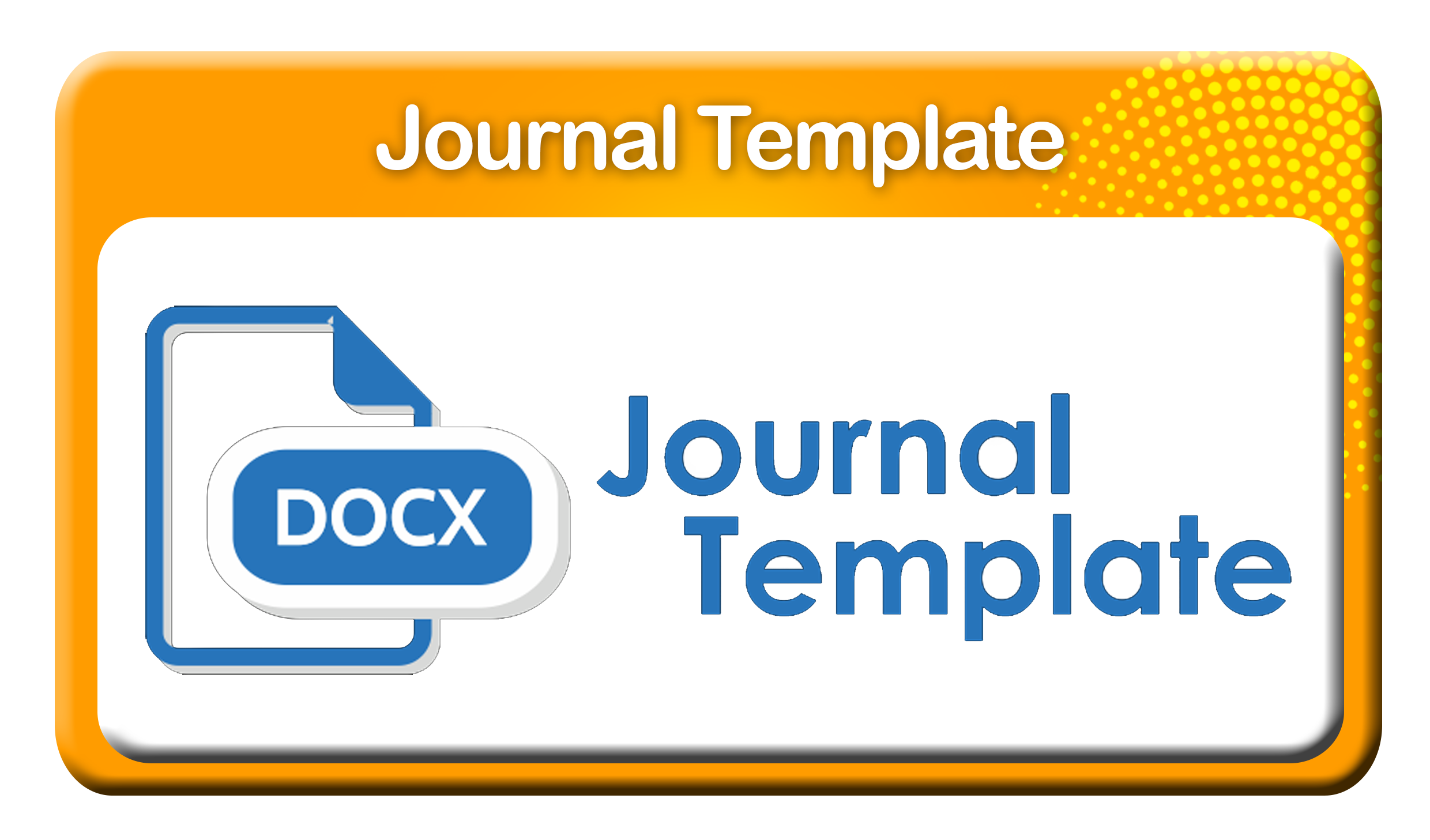IMPLEMENTATION OF COMPLEMENTARY MIDWIFERY SERVICES ON MOTHER
DOI:
https://doi.org/10.29082/IJNMS/2024/Vol8/Iss3/616Keywords:
Midwifery Services, Complementary, Mother and ChildAbstract
Background: Complementary therapy is one of the community’s treatment options, especially for pregnant and giving birth women. In various health service settings, quite a few clients ask health workers, such as midwives, about complementary or alternative therapies. This happens because clients want to get services according to their choices, so if their wishes are fulfilled, it will have an impact on client satisfaction. This can be an opportunity for midwives to play a role in providing complementary therapy. Regarding complementary therapy, it is regulated in the Decree of the Minister of Health No. 1109/Menkes/Per/IX/2007 concerning complementary-alternative medicine. Objective: to determine the implementation of complementary midwifery services at the Independent Midwife Practice Place (TPMB) in the Blimbing area, Kesamben District, Jombang. Method: Survey, descriptive type with quantitative and qualitative approaches. The population in this study were all midwives who carry out midwifery practice independently and provide complementary therapy in the Blimbing area, Kesamben subdistrict, Jombang, a total of 5 midwives. The total sample taken was 5 TPMB. The data was analyzed and presented quantitatively in the form of a frequency distribution and qualitatively using an interactive model according to Miles and Huberman in Sugiyono (2013). Results: complementary midwifery services were provided by 5 respondents. Respondents were 30-49 years old, had midwifery education at Diploma III Midwifery and Midwifery Professional level, and had been in independent practice for more than 8 years. The types of services provided are 2-5 types, namely acupressure, baby/toddler massage, oxytocin massase, use of herbal medicine/traditional as a complement to conventional medicine, and yoga.
Downloads
Downloads
Published
Issue
Section
License
Authors who publish with IJNMS agree to the following terms
- Authors retain copyright licensed under a Creative Commons Attribution-ShareAlike 4.0 International License that allows others to share the work non-commercially with an acknowledgement of the work's authorship and initial publication in this journal.
- Authors are permitted and encouraged to post their work online (e.g., in institutional repositories or on their website) prior to and during the submission process, as it can lead to productive exchanges, as well as earlier and greater citation of published work (See The Effect of Open Access). Authors can archive pre-print and post-print or publisher's version/PDF.









_IJNMS.png)






